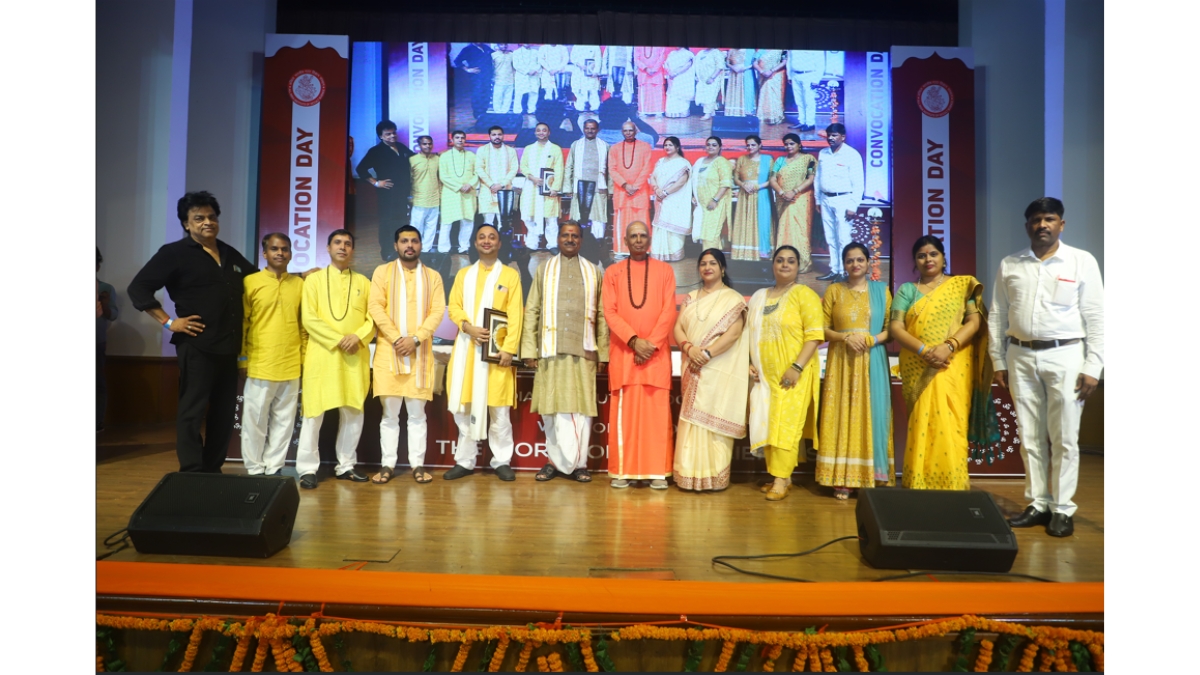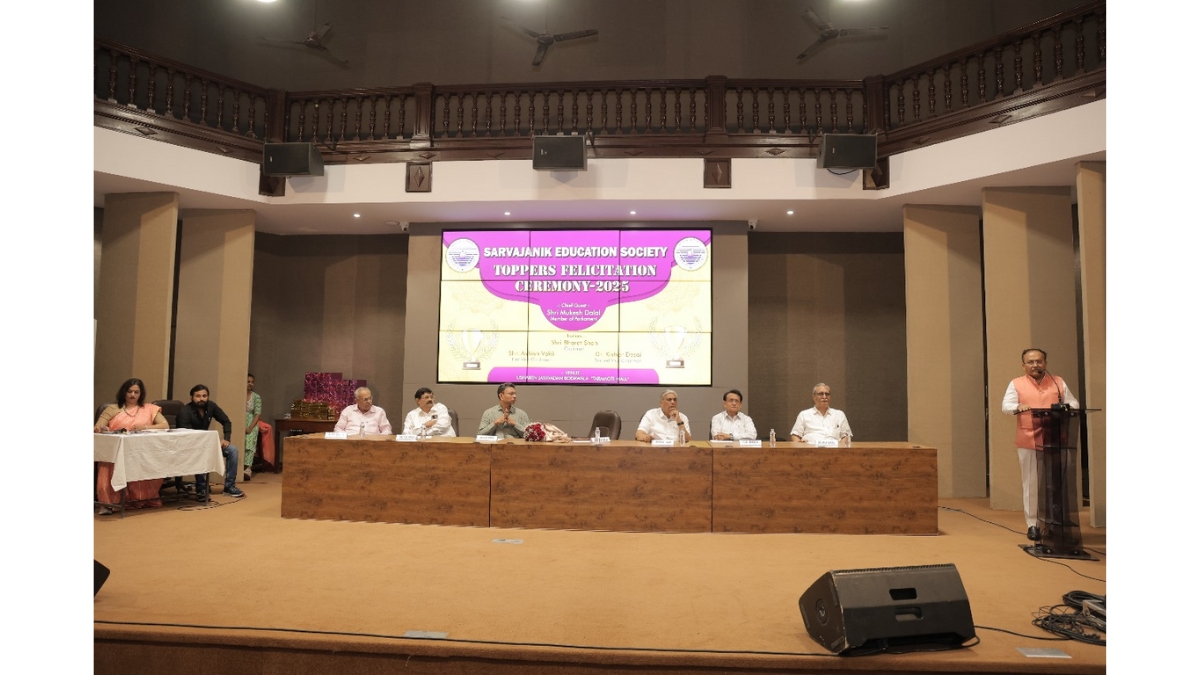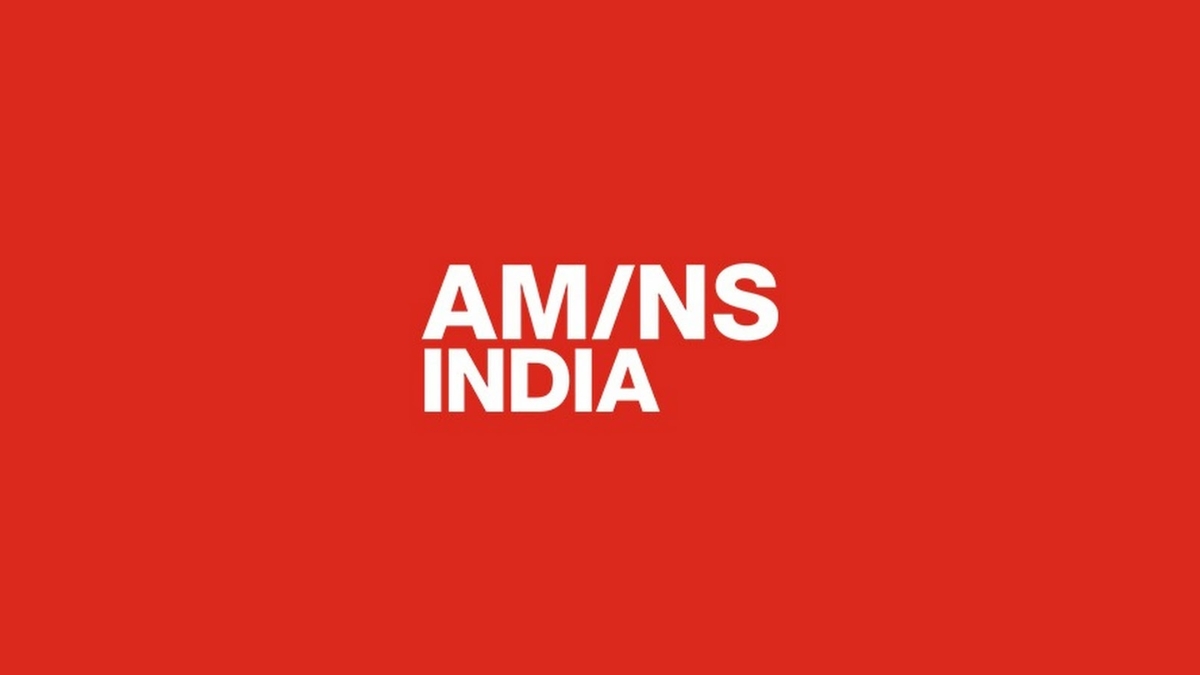‘Don’t refer to it as Gabbar Singh Tax’: Nirmala Sitharaman to GST’s critics

As the Goods and Services Tax (GST) marks sixth anniversary on Saturday, Union finance minister Nirmala Sitharaman slammed critics dubbing it as the “Gabbar Singh Tax”. Terming the jibe ‘shameful’, the minister said GST actually provided relief to the common citizens of the country.
Sitharaman further said that the previous tax system before GST involved multiple taxes leading to a cascading effect, where the same product was taxed multiple times, making it costlier for consumers. She highlighted the positive impact of GST, mentioning that post-GST, the “revenue buoyancy of states” has increased, the ability to collect greater revenue without changing the tax rate.
On GST Day, Sitaraman traced its journey as “One Nation, One Tax, One Market,” and emphasised how GST has nurtured India’s economic ecosystem. “Today is the 6th Goods and Services Tax #GST Day as GST was launched on 1st July 2017. Let’s trace this iconic journey of #OneNation #OneTax #OneMarket and see how GST@6 is nurturing the Economic Ecosystem of India,” Sitharaman tweeted. She mentioned that reduced taxes under GST have brought happiness to every home, providing relief on various daily-use consumer goods.
Sitharaman also highlighted that GST implementation has simplified tax compliance for taxpayers, leading to an increase in the number of registered taxpayers from 1.03 crore in April 2018 to 1.36 crore by April 2023.
Gross GST revenue in June
In June, GST collection crossed ₹1.60 lakh crore mark, according to the finance ministry. This is the fourth time since the inception of GST that the gross collection has exceeded ₹1.6 lakh crore. Additionally, this is the seventh time that the collection has surpassed ₹1.50 lakh crore milestone since its introduction. The revenue collected in June 2023 is 12% higher than the GST revenues collected in the same month last year.
When GST was initially introduced in 2017, the monthly GST revenues ranged from ₹85,000-95,000 crore. However, over time, these revenues have significantly increased and now stand at around ₹1.5 lakh crore, with a tendency to keep rising. The collection reached an all-time high of ₹1.87 lakh crore in April 2023.
GST introduced in 2017
A nationwide Goods and Services Tax (GST) was introduced on July 1, 2017, replacing 17 local taxes such as excise duty, service tax, and VAT, along with 13 additional charges. Prior to GST, the combination of VAT, excise, and CST, along with their cumulative impact, resulted in an average tax burden of 31 per cent for consumers.
Under GST, a four-tier tax structure was implemented. Essential items are either exempt from tax or subject to a low rate of 5 per cent. Luxury and demerit goods, on the other hand, attract the highest rate of 28 percent. The other tax slabs include 12 per cent and 18 per cent.
In addition, there is a special rate of 3 per cent for gold, jewellery, and precious stones, while cut and polished diamonds are subject to a 1.5 per cent tax. Furthermore, a cess is imposed on goods falling under the highest tax slab of 28 per cent, particularly luxury items, sin products, and demerit goods.

Atul Tiwari is a seasoned journalist at Mumbai Times, specializing in city news, culture, and human-interest stories. With a knack for uncovering compelling narratives, Atul brings Mumbai’s vibrant spirit to life through his writing.





